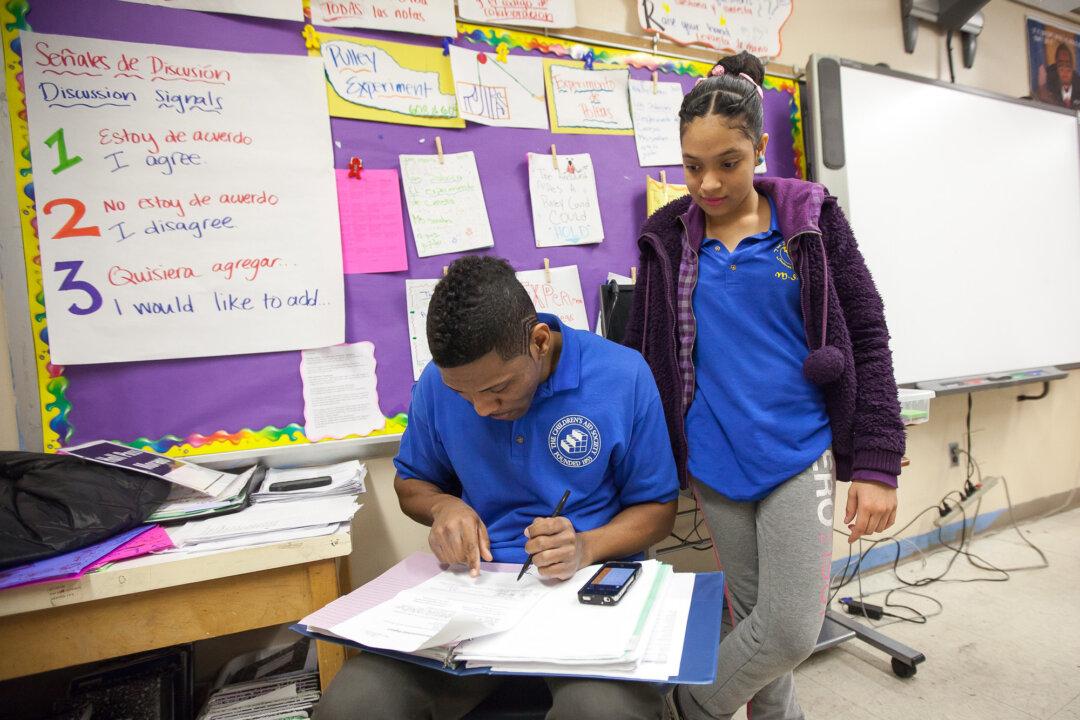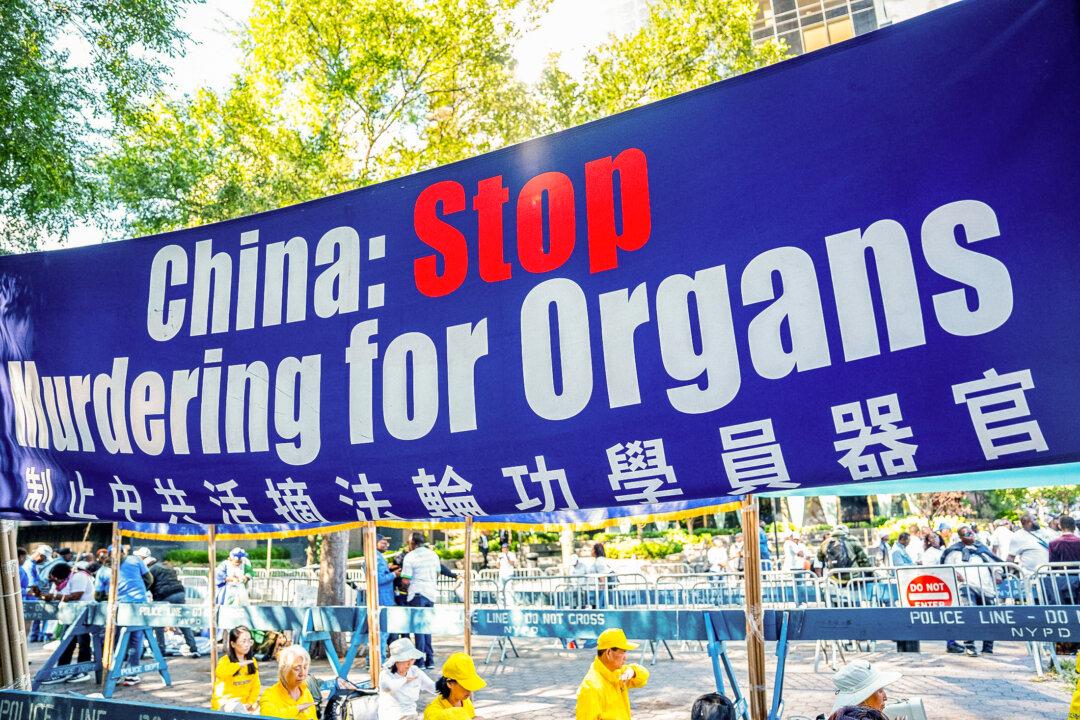NEW YORK—Mayor Bill de Blasio released a report detailing his plan to expand after-school programs for middle-school students on Monday.
After-school providers are enthusiastic, yet the funding stream for the plan is still uncertain.
The plan is to open over 50,000 new after-school seats by September at middle-schools that currently don’t provide after-school options.
It will require $190 million, an unprecedented investment for the after-school sector. The money is to come from a new tax on New Yorkers earning over $500,000 per year. The tax increase would yield some $530 million annually. It would also pay for de Blasio’s universal prekindergarten plan.
Yet any tax increase needs to be approved by the state, where Senate majority leader Dean Skelos said he wouldn’t allow a vote on the issue. Meanwhile, Gov. Andrew Cuomo countered de Blasio with his own pre-K plan for the state.
Cuomo even offered a blank check for the city to fund its pre-K, but the governor has not addressed funding for the after-school part of de Blasio’s education plan.
“I don’t think [Cuomo] wants to fund middle-school after-school programs throughout the state,” said David Bloomfield, an education professor at Brooklyn College and the CUNY Graduate Center.
The mayor seems to believe Cuomo will come around and agree to his request. “Obviously the governor and I have known each other for over 20 years. We both want to see progress on pre-K and after-school,” he said at a March 3 press conference.
So far, de Blasio has been set on his tax increase, dismissing the Cuomo offer as unreliable. On Tuesday he will be in Albany to push for his funding plan. “What I need to see is a multi-year plan, I need to see reliability of funding, I need to see a dollar figure—a dollar figure that will allow us to get this done,” he said.
Providers Happy
Big players among the city’s after-school providers are already on-board with the de Blasio plan.
“This is actually a very good model,” said Michelle Yanche, assistant executive director for government and external relations at Good Shepherd Services.
Good Shepherd provides after-school programs for 4,000 children in elementary through high schools.
The funding level the mayor is proposing, $3,000 per child, is about the same Good Shepherd operates with. “That’s really what it costs to provide a quality program,” Yanche said.
The difference is the providers are now receiving only $2,100 from the city.
Good Shepherd has been able to offset the rest using private donations, but it doesn’t have enough to expand. “The private dollars just aren’t out there to go any further,” Yanche said.
As for whether it’s possible to add 50,000 seats in just a few months, the providers should be able to cope with it, according to Chris Caruso, vice president for ExpanED Schools at the After-School Corporation, a support organization for after-school providers mostly in New York City.
“I think there’s an assumption that these organizations will be able to hit the ground running,” Caruso said. “This is a city that has many, many really high quality nonprofit, community-based organizations that are ready to go.”
There are currently over 45,000 after-school seats for middle-schoolers in the city. The mayor’s plan would ensure existing programs receive $3,000 annually per child from the city.
At the same time the city would require the programs to accept a set of quality standards, such as a minimal length of 540 hours a year and a full-time employed program director.
Participating schools will also need to commit space, staff time, and materials worth 10 to 15 percent of the after-school program budget.
Caruso said his organization gets a lot of calls from principals asking for help with establishing after-school programs. “I know that both from the parents perspective and the school leaders perspective, this is going to be something that’s welcomed in the community.”




